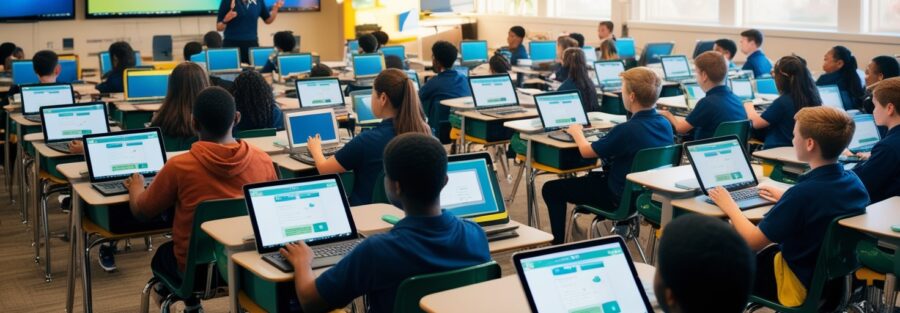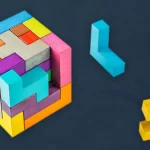Digital solutions have dramatically reshaped classroom environments, offering a range of tools and methods that elevate teaching and learning experiences. In 2024, innovations in technology such as artificial intelligence (AI), gamification, and immersive learning platforms are becoming integral to education, enabling more dynamic and personalized approaches to student engagement.
- AI and Personalized Learning
Artificial intelligence continues to transform modern classrooms by offering personalized learning experiences. AI tools like intelligent tutoring systems (ITSs) provide students with individualized instruction and feedback, allowing them to work at their own pace while enhancing their understanding of complex subjects. These tools can help educators assess student progress in real time and adjust lesson plans accordingly. According to a report, AI-driven solutions are poised to make education more inclusive by assisting students with learning differences and reducing barriers to access.
- Immersive and Interactive Learning
The rise of augmented reality (AR) and virtual reality (VR) is creating more immersive learning experiences that go beyond traditional teaching methods. These technologies allow students to engage with subjects in a hands-on way, making abstract concepts easier to understand. Schools that have implemented VR classrooms, such as those in the Mason County Central School District, are seeing increased engagement, creativity, and a deeper understanding of subjects like science and history.
Additionally, gamification is becoming a popular trend in education. By integrating game-like elements—such as quizzes, badges, and leaderboards—educators can increase student motivation and participation. Gamification allows for real-time feedback, encouraging students to learn from their mistakes while boosting skills like critical thinking and problem-solving.
- Challenges and Considerations
Despite the many benefits, the integration of digital solutions in education presents some challenges. Equity remains a significant issue, as not all schools and students have equal access to advanced technology. Furthermore, as AI becomes more prominent, concerns around data privacy, security, and the potential for algorithmic bias must be carefully managed.
The rapid pace of technological advancements also places pressure on teachers to stay up-to-date with new tools. Professional development and ongoing training are essential for educators to maximize the potential of digital solutions in the classroom.
Conclusion
The role of digital solutions in modern classrooms is undeniably transformative, with AI, immersive technologies, and gamification leading the charge in improving learning outcomes. While challenges around access and privacy persist, these tools offer an exciting future for education by providing personalized, engaging, and inclusive learning environments. As schools continue to adopt these innovations, the focus will be on maximizing their benefits while addressing the hurdles that come with digital transformation.
Source:
- Home Page — How technology is reinventing K-12 education | Stanford Report
news.stanford.edu
- Inside Higher Ed — AI, VR and techy classrooms: what’s next for ed tech in 2024
insidehighered.com
- Tulane Online M.Ed. — Technology Trends Shaping Classrooms in 2024
masterofed-sopa.tulane.edu
- eSchool News — 65 predictions about edtech trends in 2024
eschoolnews.com
- EdTech Magazine — 5 K–12 Ed Tech Trends in 2024 to Follow | EdTech Magazine
edtechmagazine.com


